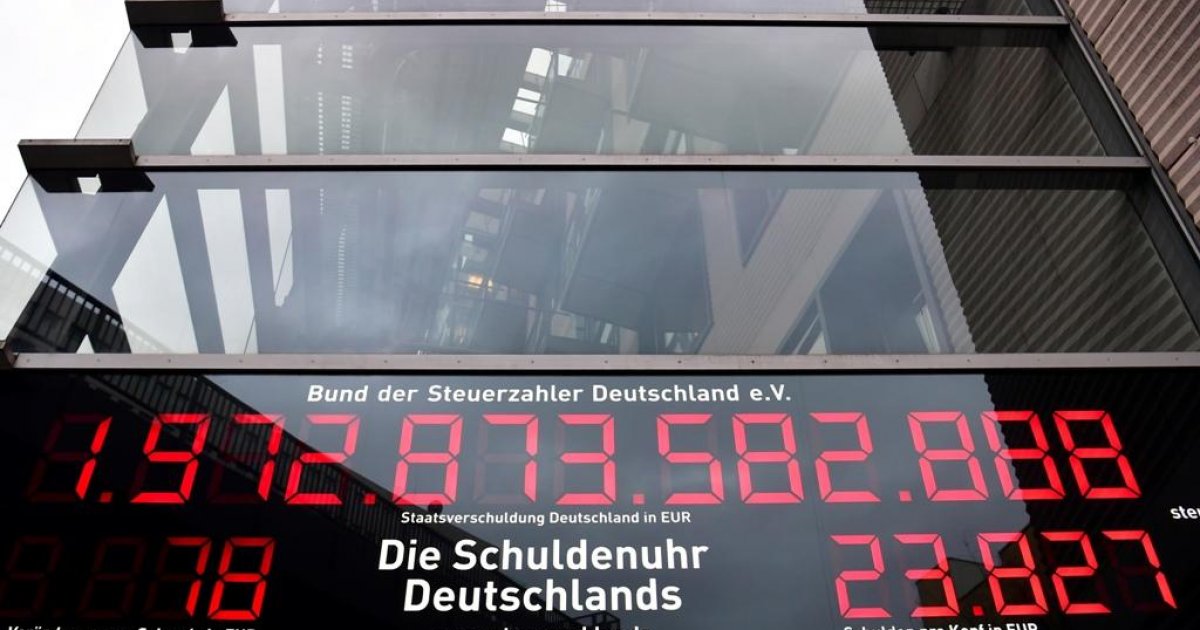Germany’s national debt has significantly increased in recent years. The country owes money to various creditors both domestically and internationally.

According to the German Taxpayers Association, in 2023, approximately 70% of Germany’s debt was attributed to the federal government. Individual states accounted for 24% of the debt, while municipalities were responsible for a comparatively small 6%.
To continue fulfilling all its obligations, the government borrows money from creditors, both domestic and foreign. The German Taxpayers Association reports that 77% of the debt is held by creditors from within Germany and the Eurozone, while creditors in third countries account for about 23% of the debt.
Major creditors and international debt holders
Domestically, Germany owes money to banks, insurance companies, investment funds, and private investors. The top foreign creditors include:
- Netherlands
- Luxembourg
- United Kingdom
- United States
- France
- Switzerland
- Ireland
- Japan
- Italy
- Belgium
Germany’s debt in numbers
German national debt is on a steep upward trajectory. According to a press release from the Deutsche Bundesbank, Germany’s national debt increased by 62 billion euros in 2023, reaching 2.62 trillion euros. This calculation is based on the EU-wide harmonized definition of the Maastricht Treaty.
The federal government’s debt grew by 75 billion euros. However, there is some good news regarding the debt of individual states, which has continued to decrease.
EU member states’ debt situation
In addition to national debt, the debt of EU member states is also significant. Germany’s share amounts to about 60 billion euros, which is 1.5% of its GDP. Greece leads with 161.9% of its GDP in debt. France and Italy have also accumulated high debt levels, each exceeding 100% of their respective GDPs.





